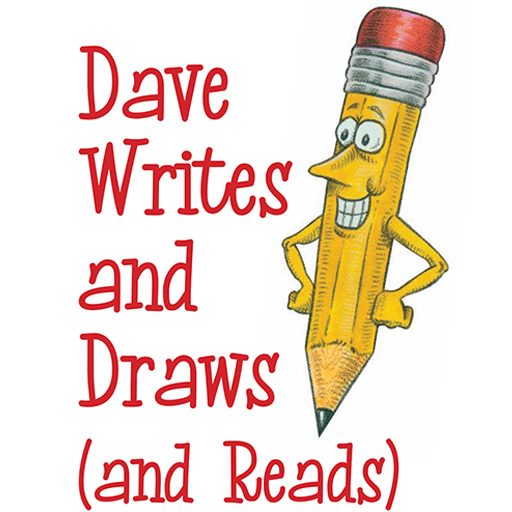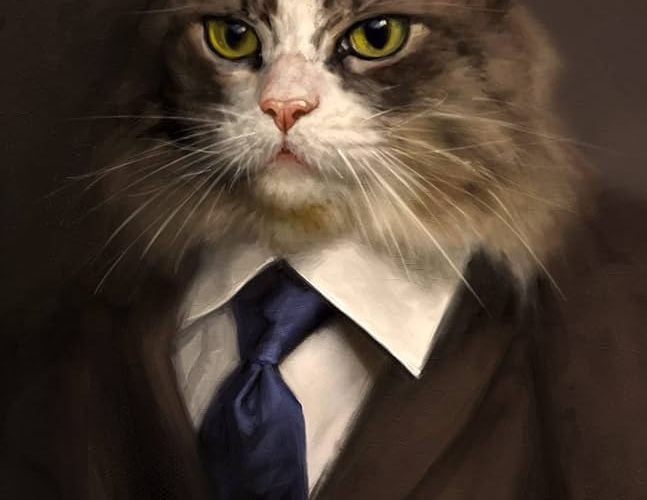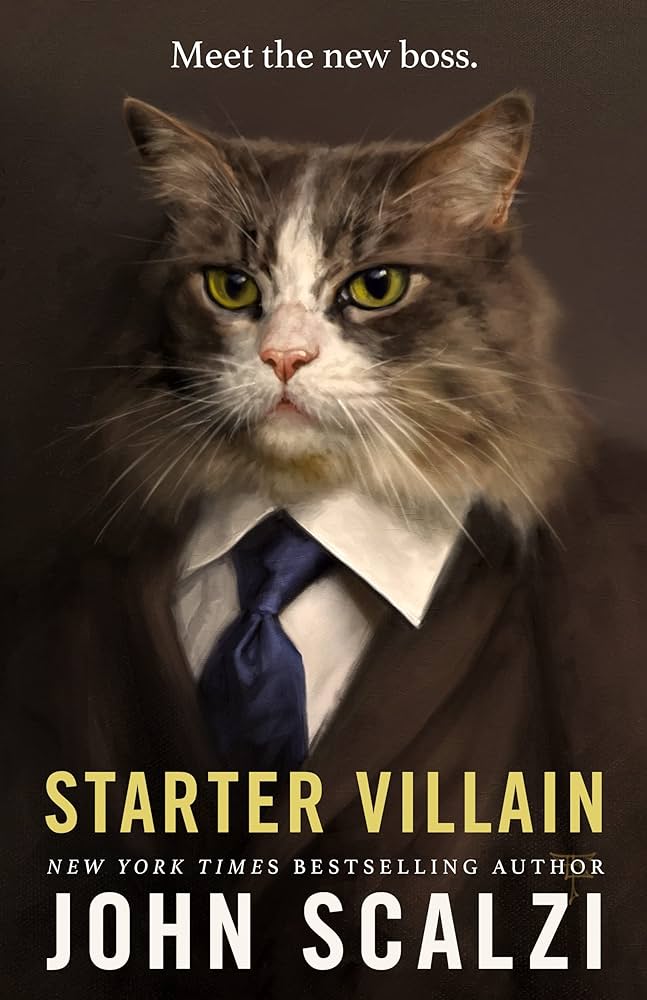
It’s Labor Day weekend, 2022, and my son Eric and I are attending our first Worldcon, in Chicago. We’re going hard, attending panels from early in the morning until late at night. And then this happens (taken from a post I wrote soon after the con):
“We attended a panel with horror authors reading from their work, and—you heard it here first—there’s a writer from Iceland who’s going to be big. Her name is Holder Knutsdottir, and back home in Iceland she’s won a bunch of awards, but her first novel in English won’t be out until sometime in early 2024. She was funny and charming, and the excerpt she read (translated by Mary Robinette Kowal, no idea why she knows Icelandic) immediately grabbed our attention.”
Wouldn’t you know it, that novel that Knutsdottir read from, The Night Guest, is coming later this year, and I was lucky enough to get an ARC. I’m going to say it again—she’s going to be big.
As The Night Guest opens, we meet Iðunn after yet another visit with a doctor. Iðunn is overcome with fatigue, as if she hasn’t slept at all, and none of the doctors she’s seen can explain why. Her bloodwork is fine—in fact, everything seems fine. Then she starts waking up with unexplained wounds, and blood beneath her fingernails. She wears a pedometer to bed, and realizes with horror that she somehow walked 40,000 steps during the night. And the neighborhood cats are beginning to disappear.
That’s the intriguing setup for The Night Guest. Knutsdottir writes with an easy confidence, drawing you into the novel’s world with short, inviting chapters narrated by Iðunn. Iðunn is frustrated by her situation, but there’s humor, at least at first. All of a sudden I realized that I was turning the pages anxiously, totally engrossed, sucked in by the escalating tension. Knutsdottir does something truly amazing here—she ratchets up that tension in such a way that she’s dug the hooks in deep without you even feeling them, and then lets them rip. This is a lean, fast-moving book that doesn’t waste a word.
The Night Guest is set in Reykjavík, a city Knutsdottir clearly knows and loves well. The novel make me want to visit it, although I might stay away from the harbor late at night.
I’m still curious why Mary Robinette Kowal knows Icelandic.
The Night Guest releases September 3, 2024, and is available for pre-order now. Don’t sleep on this one (see what I did there?).



























































